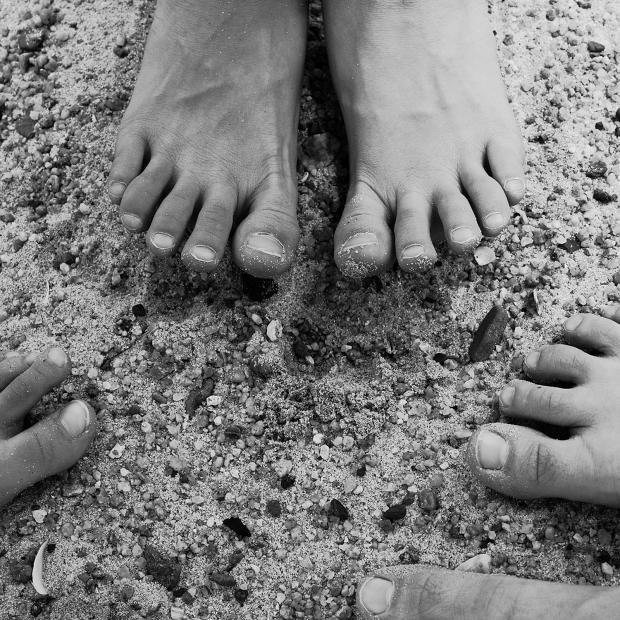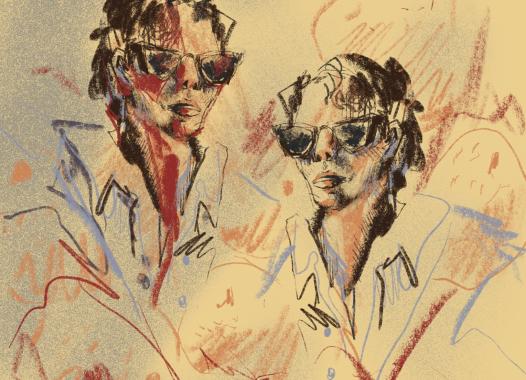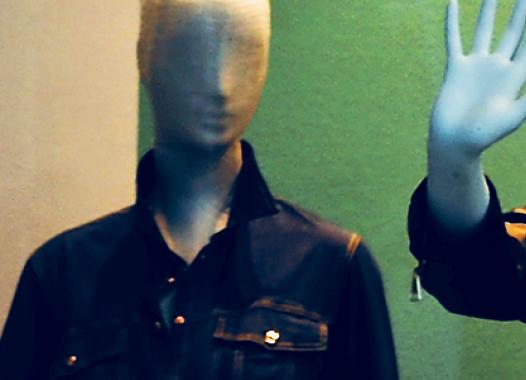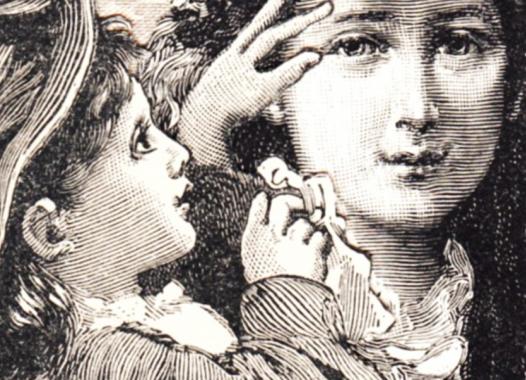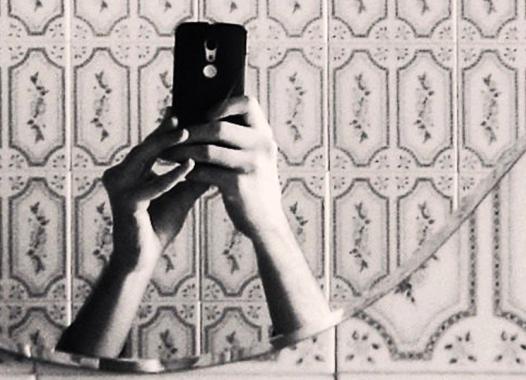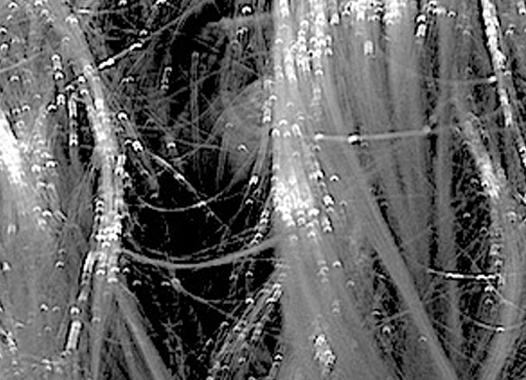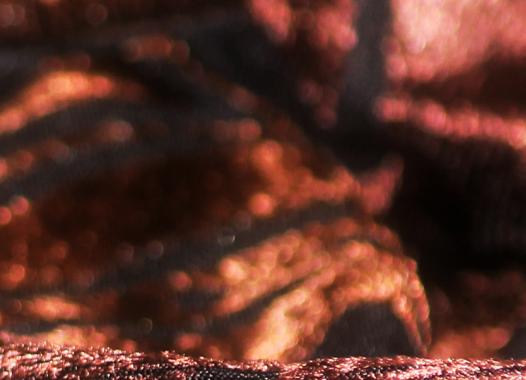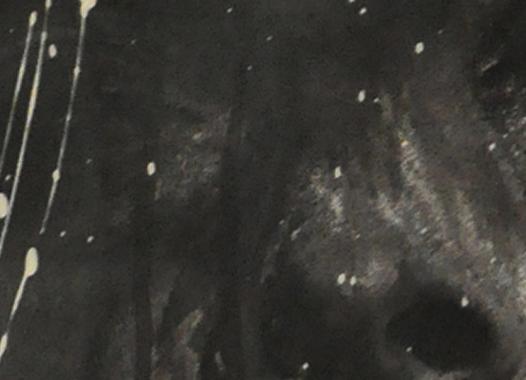
I forgive anyone who adapts Elena Ferrante’s works for the screen, especially a novel like The Lost Daughter. Ferrante’s books are like shadows to my body, shifting but present in the spaces I occupy. She ventriloquizes my secrets and exposes me to the world, always undressing me cruelly. The Lost Daughter was the beginning of my obsession with her, with my own share of shame and guilt, too, perhaps. I remember reading that book at the age of seventeen, when her name was brought to my attention after her scandalous ‘unmasking’ by Claudio Gatti had taken my Facebook feed by storm. Reading The Lost Daughter back then made me feel as though Leda, or maybe Elena herself, had always possessed knowledge of my existence, my body and its sensations. I felt as though I had been under surveillance all along. Since childhood, I have had an aversion towards pregnancy. Thinking about becoming a mother or giving birth, sometimes even being in proximity to a pregnant person, suffocates me. The thought itself makes me feel trapped in my body, its many and ugly accidents; I feel as though a rope is constantly twisting and turning sharply inside me. I think of Leda pulling a worm out of the doll’s body.
Walking in Washington Square Park this evening, I saw some children dancing in a little circle on the northeast corner that’s marked as a ‘good luck spot.’ After a few minutes, they proceeded to run around, happy and, in their words, “full of good luck.” I wondered how children believe in such mythologies, how motherhood is simply another one. In Elena Ferrante’s works, the mythologies of motherhood, of our own mothers as well as the adults we are or might become, are always annihilated or radically revised. As soon as the adaptation of The Lost Daughter was announced, I wondered if and how Maggie Gyllenhaal would render accurately the repulsion, anger and suffocation of Leda, if she could transfer Leda’s discomfort from the page to the screen. In her column for The Guardian, Ferrante gave Gyllenhaal the freedom to turn this endeavor into hers alone. Ferrante wrote how there is “something much more important at stake than this instinct to protect [her] own inventions.” Therefore, I followed the author. I arrived at the screening during the New York Film Festival this year prepared to forgive, even willing to admire this adaptation. I came prepared to see a film that belongs to Maggie Gyllenhaal. I came prepared to forgive an adaptation in English, one situated in Greece as opposed to Italy, that stars American and British actors. And there is more than enough to admire in this film, I must say: the prowess of its brilliant cast, the music and the cinematography, the cleverly fragmented composition of the film, and its fidelity to Ferrante’s novel and vision. However, I cannot bring myself to forgive a misreading of the text, especially of its ending. The novel ends with Leda saying, “I’m dead, but I’m fine,” a painful, philosophically complex and ontologically reflective statement that fits both Ferrante’s voice as well as Leda’s. However, it is precisely when Gyllenhaal’s Leda says, “I’m alive,” that the film’s end divorces from Ferrante’s text. And sadly, it is this critical change in Leda’s speech and position that made me feel betrayed.
I remember the first time I realized I would make a bad mother, the first time I encountered the deadness of my own sentiments and being. I was on my way to the nearby market with my friend’s younger sister. While crossing the road, I held her hand tightly until something took over me and I squeezed it till she told me she was hurting, about to scream in pain. I wanted to hear her bones break, her self break. I wanted to be certain that I caused her unbearable pain without any reason. I felt a sense of contentment transferring my anger, as if I had regained or discovered a vital part of myself by listening to my worst instincts. I realized, then, that I was dead inside. Many of Ferrante’s women transfer and shift, mirror or break parts of themselves, their own identities as well as those of the women around them. I am reminded of the masterful cinematic translation accomplished by Mario Martone in his adaptation of Troubling Love, one that was faithful and flirtatious in equal measure. Delia, the protagonist of Troubling Love, is on the train from Naples to Bologna after having attempted to understand how her mother, Amalia, mysteriously died. The ending of the novel is the pair of sentences: “Amalia had been. I was Amalia.” In Martone’s adaptation, however, a young boy seated next to Delia on the train asks her name and she simply answers, “Amalia.” Such a translation, in the rare instance of Martone’s film, is also a solution; it is a translation from the language of the page into the language of the screen that reflects the exchanges between the bodies and selves of mothers and daughters. “I’m dead, but I’m fine” is a similar sentence: one which demands greater attention and recovery, even reinvention, as opposed to a rewriting, erasure or simplification in film. Leda, I believe, cannot say she is “alive.” I imagine her state to be that “new equilibrium” which Ferrante writes about in Frantumaglia:
“I’ve never been in analysis. But I know what it means to break apart. I observed it in my mother, in myself, in many women. The process of fragmentation in a woman’s body interests me very much from the narrative point of view. It means telling the story of a present-day female I that suddenly perceives itself disintegrating, it loses the sense of time, it’s no longer in order, it feels like a vortex of debris, a whirlwind of thoughts-words. It stops abruptly and starts again from a new equilibrium, which— note— isn’t necessarily more advanced than the preceding or even more stable. It serves only to say: now I’m here and I feel like this.” (Frantumaglia 223; emphasis mine)
“I am dead, but I am fine” is not only Leda’s response to her daughter on the phone, but it is also her narrative point of view, her declaration about her state of being. And it is this crucial aspect, carefully ensconced in this last sentence of the novel, that Gyllenhaal fails to capture. Ferrante’s last sentence brings into existence that space in language meant for the flesh, the body and matter to be re-consumed and reexamined. After disturbing the maternal order of play between Nina, Elena and her doll, Leda’ state of ‘being dead but fine’ emerges from its debris, from her wounded stomach. Keeping Ferrante’s sentence intact and staying within the perimeter of her story, might have added to that Ferrante-an sense of fragmentation which Gyllenhaal presents so beautifully on screen: of things and beings present in the same way as they are fractured and evacuated through close-ups of flesh, the edges of Nina and Leda’s bodies as they interact with matter, with water, the elements and people around them. She captures a sense of their margins on screen. While watching the film, I felt as though I was constantly on the verge of slipping over my own margins, comparing my flesh and body to those on the screen, falling outside my own borders and maps or finding them, yet again, exposed. It is similar to how I feel when I read Ferrante’s works: I am in danger of my existence.
Adapting a book like The Lost Daughter is akin to performing the task of the taxidermist: the text is best preserved within the form it has lived. And one shouldn’t forget to consider, too, motherhood and ageing, how they alter, preserve or fail to save forms of stability, vitality and identity. “I’m dead, but I’m fine” is the voice of that taxidermy, marking a pivotal shift in the reproduction of flesh and body, indicating both a form and process. “Sometimes you have to escape in order not to die,” says Leda (TLD 69), while she still finds herself belonging to a past. She is still the mother as long as she is a “daughter who plays” (TLD 124), an unnatural mother whose violence is “contained but real” (TLD 73). That’s why I cannot believe a Leda who says she is simply ‘alive,’ forgoing the hint of humour in Ferrante’s sentence, forgetting the injury that renders, in some way, dead “the living niche of [her] womb” (TLD 61) that imparts pieces of herself only unfairly and in incomplete ways. But this may be my own deadness speaking. There’s the death of the author, and there’s the death of the reader. It is a death that occurs when the writer subsumes the reader, when the reader forgets to read against the author or to read the author anew. This may be my failure. I declared myself dead when I read Elena Ferrante— I felt as though I had been spoken for, my body had become subject enough, my truths had been completed enough. Elena Ferrante has written what I desire to write, and anything more will be excess. Since then, I’ve been dead, but I am fine. I wonder if Leda, by giving the doll back to Nina and being stabbed by her in turn, found herself spoken for. I would like to think so. In death, I can imagine Leda out of words and, consequently, at ease with language again simply by no longer having the same access to it. Ferrante’s women are all readers, writers, translators in their own right; they are women who are constantly struggling with language. I like to believe that the last sentence of The Lost Daughter indicates both that struggle and the frail peace that emerges from it.
Is this my service to Ferrante, or my obsequiousness as a ‘fan’? Am I unable to go against her wishes and surrender myself to Gyllenhall’s last sentence, or appreciate it even from a distance? After all, faithful translation does not have to be a surrender, and an engaged viewing does not have to be the same as a close reading. I wonder where I am. Of course, this adaptation allowed me to see the awkwardness of Leda, something that even several passionate and fevered readings of the text hid from me. I was surprised by the laughter and the smiles that erupted in the theater at various moments during the film because I do not remember ever smiling or smirking while reading the text. That uncanny humour of Leda’s awkwardness, however, appealed to me and made me see, and I smiled along as well. I know readers of Ferrante who love and hate her passionately for writing ‘the unspeakable.’ The two women in this story, Leda and Nina, are emblematic of that unspeakable zone where language becomes simply the play of gestures and glances. Their dialogues evoke laughter because what they communicate to each other is, in so many ways, surreal and awkward, tragic but dramatic and still severely compromised. Ferrante’s women are perhaps less dead than me, they are witty and vivacious, often tripping and erring, frequently uncomfortable. Perhaps it’s time I give Leda to Maggie Gyllenhaal too, and succumb to my own discomfort. Perhaps Leda’s last words in the film are Gyllenhall’s attempt to read against Ferrante, to rewrite what it means to own and surrender one’s works to another so they can make it their own. Maybe her Leda, against my own desires, can be alive at the end of the story.
Works Cited
1. Ferrante, Elena. The Lost Daughter. Translated by Ann Goldstein, Europa Editions, 2008.
2. Gatti, Claudio. “Ecco La Vera Identità Di Elena Ferrante.” Il Sole 24 Ore, 2 Oct. 2016.
3. Ferrante, Elena. “Creative Freedom .” Incidental Inventions, translated by Ann Goldstein, Europa Editions, New York, New York , 2019, pp. 85–86, https://www.theguardian.com/lifeandstyle/2018/oct/06/maggie-gyllenhaal-elena-ferrante-film-book. Accessed 21 Dec. 2021.
4. Ferrante, Elena. Frantumaglia. Translated by Ann Goldstein, Europa Editions, 2016.
Join the colloquy
Join the colloquy
Elena Ferrante
more
When it comes to Ferrante, we may feel, indeed, stranded on a beach, at night, left there to collect the tokens of her presence and whereabouts in this world. The tokens are words and in them we find the lucid exactness of worlds inhabited by characters who are as vivid and real as she is elusive. They deal with what the author has called frantumaglia, a term she borrows from her mother and her Neapolitan dialect (frantummàglia): "it referred to a miscellaneous crowd of things in her head, debris in a muddy water of the brain. The frantumaglia was mysterious, it provoked mysterious actions, it was the source of all suffering not traceable to a single obvious cause" (Frantumaglia, Kindle edition). Ferrante’s compelling narrative dives into terribly muddy waters and surfaces from them with the strength of truth, where truth means not moral clarity but the unmistakable verity of naked human emotions. The origin of the word frantumaglia is very material; it refers, in fact, to a pile of fragments from broken objects that cannot be pieced together again.
This Colloquy seeks to bring together in one ongoing conversation, from a variety of intellectual perspectives, the voices of the international discourse about Ferrante’s novels and the significance of her work in the contemporary literary landscape.
As for who Ferrante might be, I propose again her response to a reader who sought to know her identity: "[. . .] what is better than reading in a room that is dark except for the light of a single reading lamp? Or what is better than the darkness of a theater or a cinema? The personality of a novelist exists utterly in the virtual realm of his or her books. Look there and you will find eyes, sex, lifestyle, social class, and the id" (Frantumaglia, Kindle edition)
